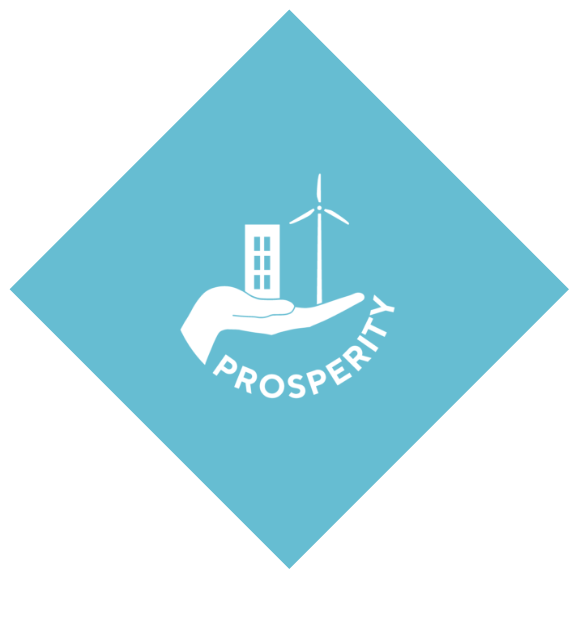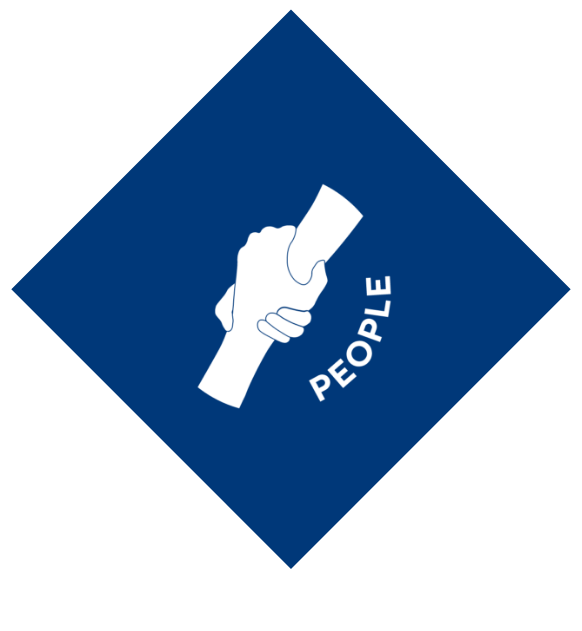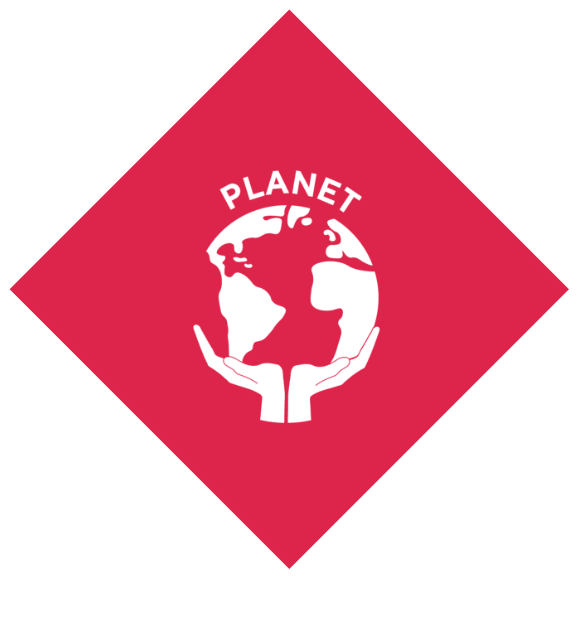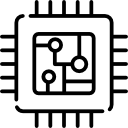Participating Teams
Here you can see an overview of all the TU/e Contest candidates and teams. You can also filter on category, cluster of teams that are still looking for members!

Aero Team Eindhoven
Aero Team Eindhoven aims to enable efficient delivery of critical packages through the use of drones. However, the major challenge lies in the limited battery life of the drones. A drone carrying a moderately heavy package can only stay airborne for roughly an hour, and scaling up operations can only improve the range to a certain extent through the use of more efficient drones or improved battery technology.

InMotion
In order to combat climate change, the output of CO2 need to be reduced at a very fast rate. A large contributor to the CO2 emissions is the automotive industry, and InMotion believes that the rate at which emissions are decreasing in this sector is not fast enough. A solution to this problem would be to increase the percentage of Electric Vehicles (EV’s) on the road, as this is currently only 6.1% (source: RVO). One of the main reasons for consumers to not drive electrically is the long charging times, as comfort is often the number one priority.

T.E.S.T.
Every year, about 64–74 million people get Traumatic Brain Injury (TBI) with physical symptoms like headaches, but also cognitive, behavioral, and mental disturbances, like memory loss and sleeping problems. However, it is often difficult to determine how severe the injury is at the moment the injury occurs, while it is essential to know this to decide which treatment to give to the patient. Consequently, a new method is needed to quickly determine the seriousness of the injury, so the required treatment can be rapidly and easily decided.

The Suweve
Imagine one of your loved ones being in a nursing home. Every time you visit them, you take them for a walk in their wheelchair in the hope of satisfying two of their greatest desires at the same time; socializing with you and being outside the nursing home for a while. Sadly, after each visit, you have the feeling that something was missing in the social interaction you had with them and that your conversations remained quite shallow… After some time, you start to see what is causing this. As a consequence of your loved one being in a wheelchair, nonverbal communication is impossible during a walk; since you cannot look each other into the eyes you cannot see, experience, and react to each other’s emotions. Besides that, when you cannot speak towards each other, also verbal communication can be difficult if your loved one isn’t able to speak that clearly/loud anymore or is bad hearing. As a result, we unfortunately see way too often that something that should be a great social activity full of emotional interaction is reduced to the level of a very noisy phone call for those that are in need of heaving this interaction the most. Since there is not yet a solution for this problem on the market, we gave ourselves the mission to develop a system that allows wheelchair users to fully open up all possibilities for social interaction during a walk.

Team HART
Individuals with visual impairments face challenges in everyday life due to the inability to gauge non-verbal expressions of others, particularly through facial expressions which are universal and convey emotions. Nonverbal communication cues, such as listening, looking, moving, and reacting, play a crucial role in building trust, clarity, and rapport in communication. However, for individuals with visual impairments, the misalignment between verbal and non-verbal cues can generate tension, mistrust, and confusion. This highlights the need for a solution that enables individuals with visual impairments to access and interpret non-verbal cues to enhance their social interactions and overall well-being.

iGEM
1 in 4 persons face some form of bowel disease at some point in their life. These can range from food intolerances, to inflammatory diseases and cancer. The treatment of many of these diseases is too invasive, too expensive, or simply does not work well enough to treat the patient. This is why we are making a platform with bacteria that we can use for many bowel diseases. We mainly want to focus IBD and colorectal cancer to start with, because these diseases have 4.9 milion and 1.9 milion cases worldwide. Both of these diseases have expensive, invasive and non-specific treatments that cause many side effects. So there is a need for new, revolutionized therapies.

Team IGNITE
Team IGNITE is a student light design studio with students from the Eindhoven University of Technology, Fontys, Avans, Design Academy Eindhoven and Tilburg University. In our student light design studio, we combine our knowledge on light, design and tech to design and manufacture light artworks with innovative technologies. We use light in our designs, as light significantly affects people’s emotions and to create atmosphere. Light is a multi-faceted design tool which is very effective in experience design. With our artworks, we want to create a safe environment where people can easily connect with each other to create the feeling of social connectedness in society. All projects designed and manufactured by us are in accordance with Team IGNITE identity: • Interactivity: facilitating social interaction between people in a playful way, with the purpose of creating social connectivity. • Impact: start with thinking about the product’s lifecycle at the start of the design phase to minimalize it’s environmental impact. We aim to create light artworks with numerous applications. • Innovation: making use of creative ways to incorporate technology with the purpose of solving social challenges that are relevant to our current and future society.

Team Polar
Our team is trying to solve the problem of executing research on Antarctica. Antarctica is the 5th biggest continent on Earth and conceals many unrevealed mysteries that would illuminate researchers about Earth's past and future. Currently, researchers do their best to understand climate change and the ice melting phenomenon. Although they have one major challenge, which is technology. Currently, the main mean of travel is by using old sherp-type vehicles which are kerosene driven and human controlled. This limits greatly the research possibilities as researchers need to go with multiple trailers full of provisions to reach a further point in the continent. That is the reason why only 25% of the continent is explored.

Marketswiper
Marketswiper tries to increase online secondhand sales and improve circularity by making people reuse more.

LENS
We are addressing the problem of ineffective learning. Students study too much or too little without any tangible learning benefits. As well as this, studying is normally completed without any specific technique or consistence - for instance, many students re-read a textbook several times or highlight notes as their main study method. At Lens, we know that this is not only an ineffective strategy of study, but may as well be one of the worse out there.

.png)
.png)





